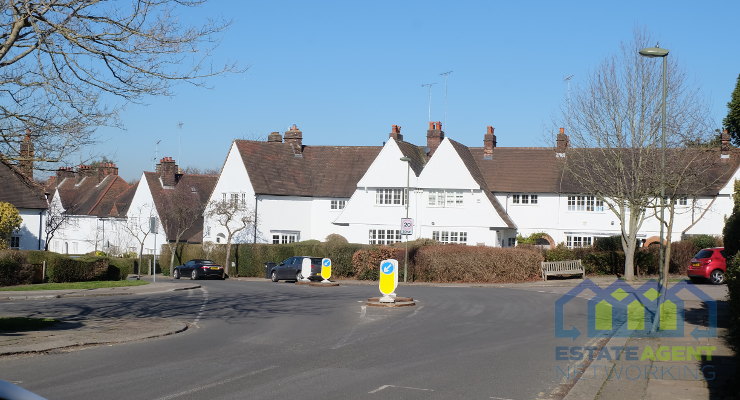Bradford asking and sold prices battered since Brexit vote – the worst UK areas revealed
With Britain leaving the EU at the end of the month (or not, who knows?), leading estate agent comparison site, GetAgent.co.uk, has looked at where UK home sellers have been forced to take the biggest property price reality check when it comes to the asking and selling price of their home.
GetAgent.co.uk pulls data from all of the major portals which they then cross-reference with the Land Registry using proprietary algorithms to create a comprehensive record of what is selling, where, for how much and how long it’s taking.
When it comes to the asking price sought by UK home sellers, the market has remained firm as a whole, up 7% across the UK since the Brexit vote, with actual sold prices up 7.6%.
However, while the resilience and diversity of the UK market means many areas have remained impervious to the Brexit blues, there has been a notable chill in both asking prices and sold prices in a lot of areas.
Here are the worst when it comes to both.
Asking Prices
The biggest asking price drop since the vote has been in Bradford with home sellers having to re-evaluate their price expectations by a huge -35.9% to drum up buyer interest. Waveney in Suffolk has also seen a notable decline, down -22.4%, while the London borough of Islington takes the third spot with asking prices down -21.3%.
Chichester, Wigtownshire, Vale of White Horse, Aberdeen, East Hampshire, Horsham and Bolsover are also amongst the largest declines.
Sold Prices
While home sellers will list at a higher asking price to chance their arm in any market conditions, often resulting in a decline, sold prices have also come tumbling down in a number of areas since the Brexit vote.
It’s bad news for those in Bradford as the area not only tops the largest asking price declines but also the largest sold price declines, down -30.6%. Another Suffolk district ranks for the second largest decline in sold prices, but this time it’s Babergh with a decline of -24.8%, while Hertsmere places third, down -20.3%.
Wellingborough, Harlow, Chesterfield, Blackburn with Darwen, Oxford, Ripon and North West Leicestershire join the rest as the worst areas for sold price decline since the Brexit vote.
Founder and CEO of GetAgent.co.uk, Colby Short, commented:
“There’s no doubt that Brexit uncertainty has produced perhaps the most erratic property landscape we’ve seen in some years and while there is light at the end of the tunnel, it’s hard to say just how long the tunnel is and if there is indeed an end in sight or not.
It’s certainly not accurate to say the UK market is down and out and for the vast majority, property prices continue to creep up, albeit at a slower rate than previous years. However, there are certainly a notable number of areas in which Brexit has delivered a bit of a knock-out punch for property prices and a real lack of buyer demand is seeing sellers list for a lower sum and sell for even less.
The proof of UK property is most definitely in the pudding though and once Brexit is behind us, we should see a reversal in fortunes for those feeling the brunt of our current European limbo.”
|
Change in average asking price by area since the Brexit vote
|
|
|
Location
|
Average asking price change (2016-2019)
|
|
Bradford
|
-35.9%
|
|
Waveney
|
-22.4%
|
|
Islington
|
-21.3%
|
|
Chichester
|
-20.1%
|
|
Wigtownshire
|
-18.2%
|
|
Vale of White Horse
|
-16.4%
|
|
Aberdeen
|
-15.9%
|
|
East Hampshire
|
-13.1%
|
|
Horsham
|
-12.9%
|
|
Bolsover
|
-10.8%
|
|
United Kingdom
|
7.00%
|
|
|
|
|
Change in average sold price by area since the Brexit vote
|
|
|
Location
|
Average selling price change (2016-2019)
|
|
Bradford
|
-30.6%
|
|
Babergh
|
-24.8%
|
|
Hertsmere
|
-20.3%
|
|
Wellingborough
|
-19.6%
|
|
Harlow
|
-19.1%
|
|
Chesterfield
|
-18.5%
|
|
Blackburn with Darwen
|
-16.5%
|
|
Oxford
|
-14.4%
|
|
Ripon
|
-14.0%
|
|
North West Leicestershire
|
-13.9%
|
|
United Kingdom
|
7.6%
|








